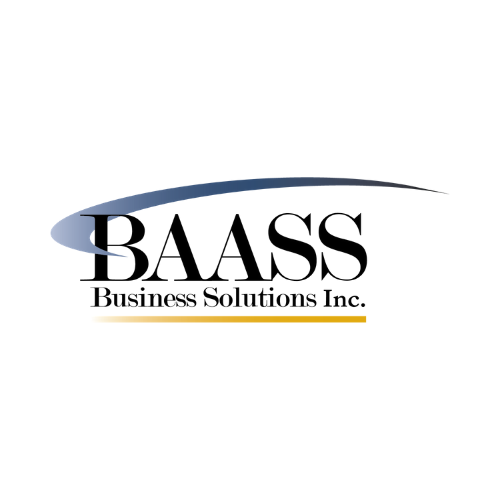
The value of your business is tied up in your assets. Your assets, however, consist of more than the inventory stored on your warehouse shelves and the revenue from the sale of said inventory. For a true picture of your business assets, you need to look at everything your business owns, including the buildings used to house inventory, the computers your employees use to manage business processes, the land upon which your buildings are built, and all the items in between that you have purchased to maintain your business.
When times are tight and the cash is not flowing as it should, many companies focus on managing their current (and well-known) assets through the cutting of inventory and the collection of debt owed to them by customers. While these are certainly effective ways to reduce costs and resume cash flow, many companies are missing critical opportunities to free up capital tied to their other non-current (and lesser known) assets. These assets, what we like to call fixed assets, are used to create and support the goods and services companies sell. These assets support the business, and how well you utilize these assets may make the difference between profit and loss.
4 Steps to Take to Get the Most Return from Your Fixed Assets
Allowing your fixed assets to sit idle is one of the greatest mistakes a company can make in terms of fixed assets management. Getting the most return from your fixed assets will not only significantly impact your bottom line and free up cash flow, but it will also show leadership that you are managing your company’s resources effectively. Here are four practical steps you can take to get the most return from your business’ fixed assets:
- Measure and calculate the return on all of your fixed assets
- Benchmark how well your fixed assets are performing against peers in the same industry
- Identify under performing assets on your balance sheet and calculate how much it is costing your business to maintain those current assets
- Make investments in fixed assets that will improve productivity and utilization
In order to accurately measure and calculate the return of your company’s fixed assets, you need a program capable of keeping track of all the fixed assets you own.
Fixed assets management software can help you track your fixed assets in one place and calculate their value easily to determine whether they are providing you with an adequate return on your investment. The software makes it easy to determine which assets are tying up cash and which assets could be better utilized to improve your revenue stream, allowing you to focus less on reducing overhead and more on making products your customers love.
